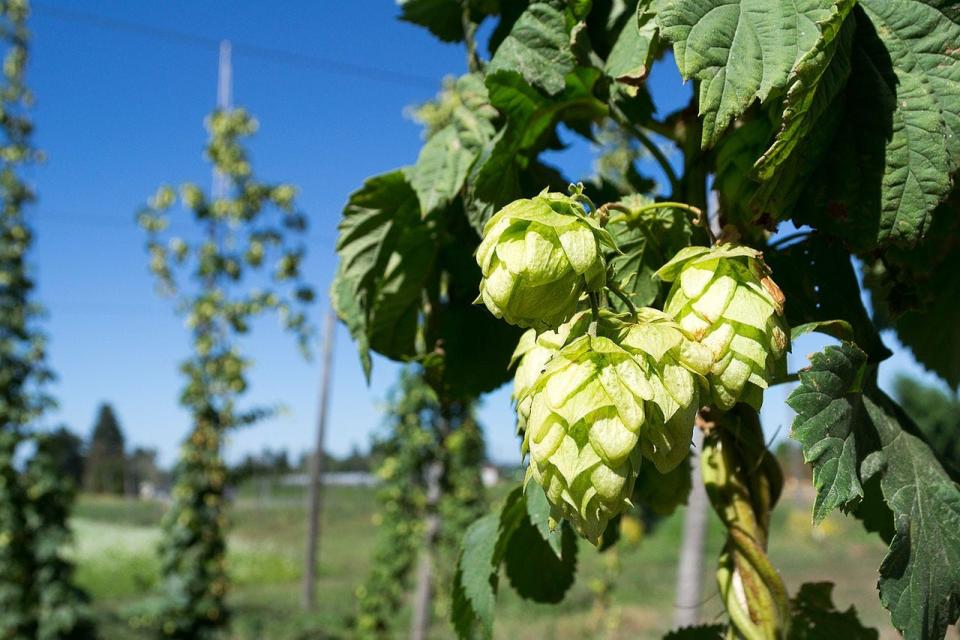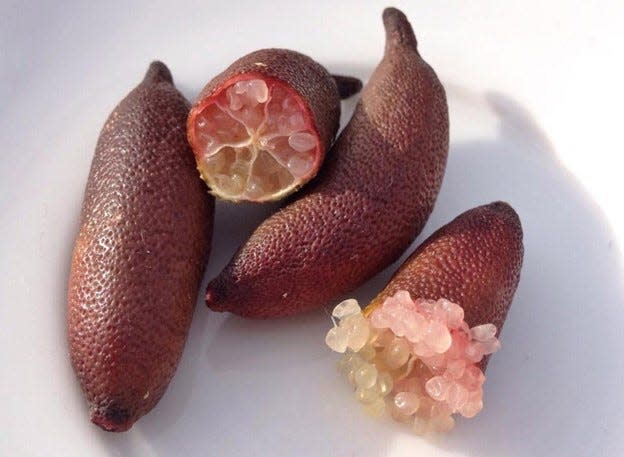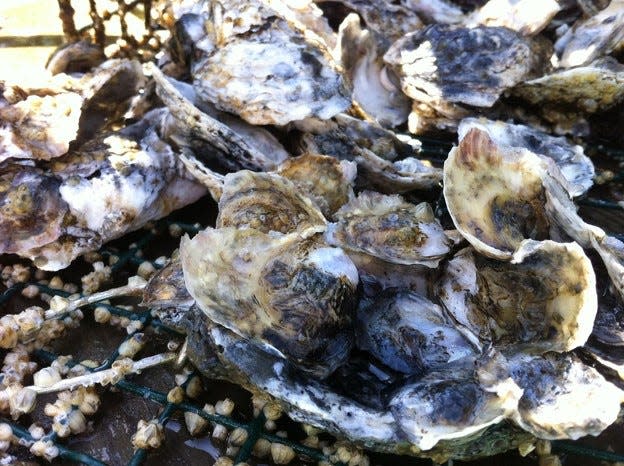From the Extension: Looking at potentially important crops in Florida
I am writing this article fresh off attending the UF/IFAS Emerging Enterprises Summit at the Gulf Coast Research and Education Center, where over 19 commodities or areas of research were discussed that could have positive impacts on Florida’s agriculture industry and the overall economy.
More From the Extension: Think about starting your vegetable garden now
You are what you eat: Achieving balance for your health
One of the reasons I love working in agriculture is the importance of discipline. Agriculture feeds people, clothes people, fuels machines, and provides products for many other industries. In the U.S., we do agriculture well.
As a net exporter of agricultural commodities, we produce a vast array of products in this country, which has and continues to be a significant part of the success of this country. Florida has long been a powerhouse in the country’s overall agriculture framework.
The overall climate, diversity of crops that can be produced with the varying latitudes of the peninsula, our coastal waters, and infrastructure are key factors that make this possible.
A couple of the less tangible but equally important factors that keep Florida agriculture strong are the adaptability of the industry and the amount of research that goes into finding solutions to the many challenges. And the challenges are long-standing and not going anywhere!

As the problems morph – diseases, insects, extreme weather events, labor, global competition, input costs – so do producers, consumers, and researchers. The decline by more than 70% of the citrus industry from HLB has proved a prime example of why we can’t take any commodity for granted.
While I think there is hope for the citrus industry to rebound, again, it is an example that when there is a gap in vitality in one part of the industry, there is a place for other commodities to emerge as answers. Even if all commodities are well, it is wise for the industry and academia to innovate and discover new growth opportunities. After all, agriculture is all about diversification.
The University of Florida Institute of Food and Agricultural Sciences (IFAS) understands this, thus, the 2nd annual Emerging Enterprises Summit has just concluded. It was a great event with a lot of excitement and an impressive amount of talent and commitment to advancing agriculture for the greater good of communities. While I can’t highlight all the commodities covered during this two-day event, I want to mention some.
There is a lot of potential opportunity in the world of craft beer and spirits, and medicinal crops. With the rise in the craft beer industry and the consumer demand for hyper-local ingredients and products, researchers have begun growing hops in Florida. This one is not super new.

Growers have been growing hops in the state for a few years now. Still, much work remains to be done to breed varieties that prove commercially viable for our growing conditions and management strategies for production. There is a lot of interest among FL breweries for local ingredients. Barley is another crop emerging as a potential market in the state.
Traditionally grown primarily in the Great Plains region of the country, there are new developments with the crop that can make it a viable option for growers in the northern part of Florida – the main hurdle being the need for a malt house in the state. Ginger, turmeric, camellia tea, and Scutellaria are other crops within the medicinal and food and beverage groups being evaluated.
Finger limes are an interesting crop creating a lot of buzz in the citrus arena. Also, one of the 19 projects awarded money through these emerging enterprise grants from UF, finger limes are a type of citrus that produce a unique fruit filled with small juice-filled vesicles.
Because of this trait, it has been dubbed ‘citrus caviar'. Different than most citrus that is grown for the fresh market or juice, this citrus is being grown on a small scale in South Florida as a high-value crop used as a garnish for high-end restaurants and mixologists, and are attractive to the cruise industry.
A key thing about finger limes is they are very tolerant or even resistant to HLB. Growers are encouraged to start small with finger limes until the market and industry can further develop.

Florida-grown vanilla, plants used for biofuels, blackberries, and even oysters and sheep were also among the commodities being studied and developed for their potential added value to FL agriculture and our overall economy.
The challenges facing agriculture and the health of our planet and communities are many. Still, the continued partnership between the industry and UF/IFAS continues to strengthen, and we remain committed to ensuring a bright future for such an important discipline.
This article originally appeared on Daily Commercial: From the Extension: Looking at potentially important crops in Florida

